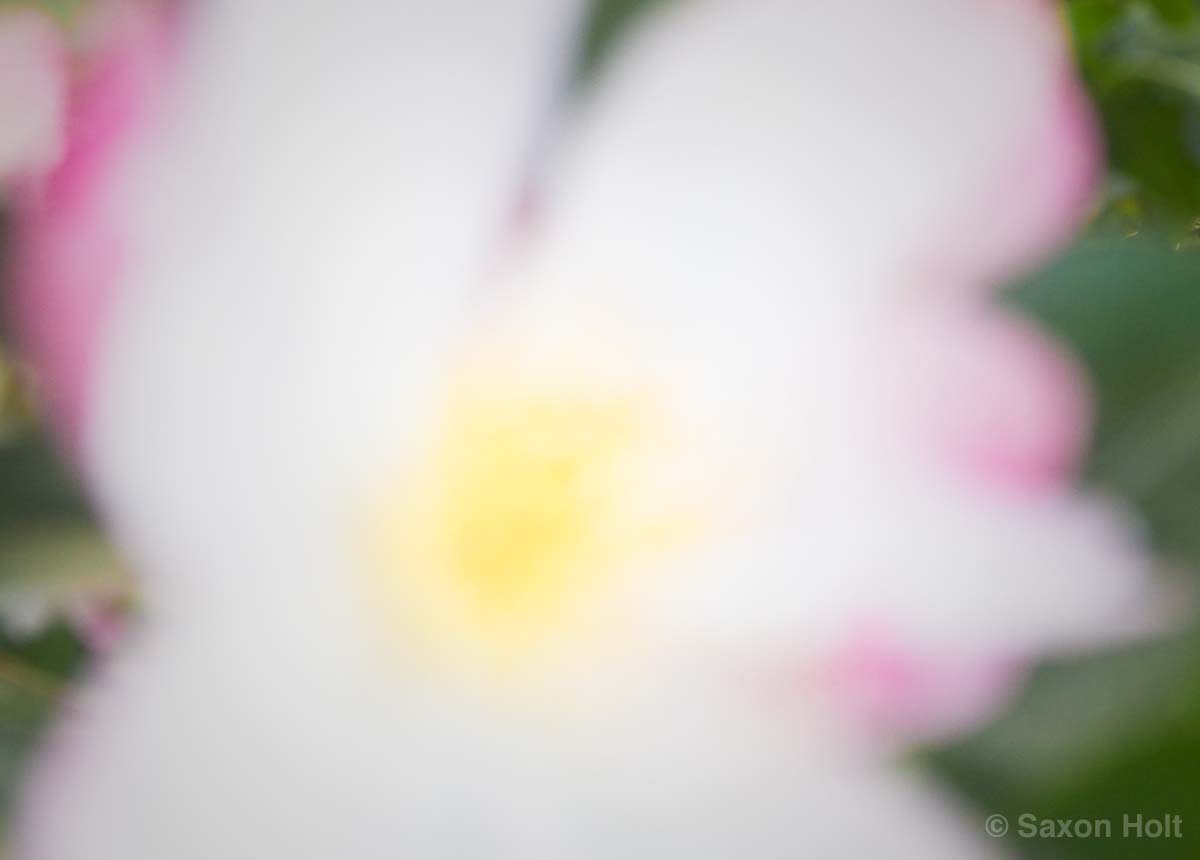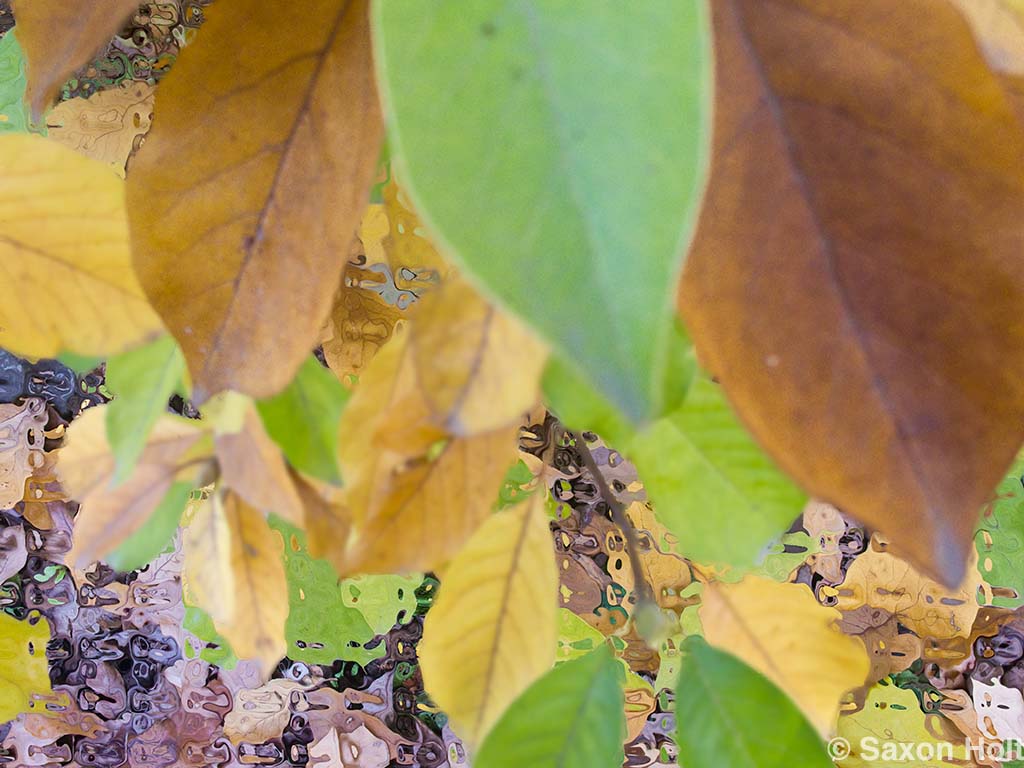 I have a very unusual optic nerve – my left. I have often, rather flippantly, credited my career choice as a photographer to my optic nerve coloboma. It has never been more than a fascinating curiosity to optometrists; until now, after the detached retina and Dr. Richard McDonald of West Coast Retina began explaining the need for a more serious eye surgery – a vitrectomy. My first procedure at UCSF Medical Center had not worked.
I have a very unusual optic nerve – my left. I have often, rather flippantly, credited my career choice as a photographer to my optic nerve coloboma. It has never been more than a fascinating curiosity to optometrists; until now, after the detached retina and Dr. Richard McDonald of West Coast Retina began explaining the need for a more serious eye surgery – a vitrectomy. My first procedure at UCSF Medical Center had not worked.
He explained that my twisted nerve may or may not be the source of fluids leaking behind the retina, but since the initial procedure had not worked, new surgery would be required. If the nerve attachment was the problem we would find out. As I write this we still don’t know, but all signs point to a full recovery without the optic nerve itself needing any special treatment.
In the eye scans above, taken at UCSF you can see how my left eye is blurry. Eyeball fluid has leaked behind the retina, forcing its detachment. Fortunately, we caught this while the retina was only partially detached and had not pulled away from the macula in the center of the eye.
From this point on I won’t be talking anymore about the specifics of my medical condition. I am healing, and I know so many folks who have dealt with much more scary medical problems. However, m’eyes are seeing new things never imagined. I will be using my Mental Seeds blog postings to show a new body of work, trying out new ideas, asking you for feedback.
Fundamentally, I see things so very differently now because I am using a good eye and one blurry at the same time. I am not supposed to use a patch over the blurry eye, so I find myself comically wobbling about. I did not intend to take pictures while in this condition, thinking I would not be able to see and assess my normal subjects in the garden.
But when I ran into the flower of this Camellia ‘Apple Blossom’ while trying to do a wee bit of gardening between the two surgeries, I felt compelled to try and document what is happening.
I don’t know why I am a gardener, no more than I know why I am a photographer. But I do know working in the garden keeps my sanity. It gives me a chance to work with the earth, to nurture beauty, to recognize my higher self as part of a grander thing than me. On one of those days between surgeries, I simply had to do something in the garden. I needed to take my mind off my worries.
I literally ran into this flower – or perhaps it smacked me. Either way I had to stop, “wake up dude !”; then drink in it’s delicate smell and force myself to analyze what I could, and could not see out of my left eye. It was full of a gas bubble, part of the treatment to hold the retina in place. I really could see almost nothing but a gray blur. But if I put my face right next to the flower, literally stroking my face, I could see the faintest outline. It is an oddly primal, catlike sensation to draw one’s face across that which we want to see. Sight made tangible.
When I try to look with both eyes my visual cues and perceptions go wild. I posted a series on my group blog at Gardening Gone Wild and will use this space here at Mental Seeds to go into more depth about the individual photos as I try to understand myself what all this might mean.
Without trying to over analyze what it means I am setting off to illustrate it. I have always advised those who want to learn photography that they should play with their cameras, break the “rules”- learn what works for them. This detached retina business is giving me an opportunity to see things differently. The real challenge is how to capture it with a camera. The two eyes see vastly different things. Cameras can barely capture what one eye sees.
But, no rules. Go try. Thank goodness my friend David Perry had turned me on to the beauty of the Canon G11 camera; a “point and shoot” that shoots raw and has a swivel back viewfinder. At least I had a tool that I could use as I began to explore new perceptions.
I had stuck my face into the Camellia in order to see it. Let me stick my face into my Magnolia cambellii whose leaves were beginning to drop:
I put my face into the branch structure and looked down at the leaves on the ground. The leaves had little color looking through the gas bubble in my eye, and the camera captured way too much in focus, no matter what setting I tried. And the leaves on the ground looked watery, due to the dual vision I suppose, but there was no way the camera was going to give me what I saw.
But I knew what I wanted to get. I could previsualize, knowing what PhotoShop could do. So I took a bunch of pictures not sure what was in focus. I could hardly tell anyway. It turns out the most important thing was to have the foreground soft focus so I could play with the rest in PhotoShop Layers.
This is fun (if a bit tedious) – figuring ways to manipulate the photos in the computer so that they tell the story of what I see. But it is constructive fun. I am not manipulating for the sake of some goofy affect, I am trying to give some sense of what I am seeing. Each new photo is a new attempt. Onward with m’eyes open and camera in hand.











